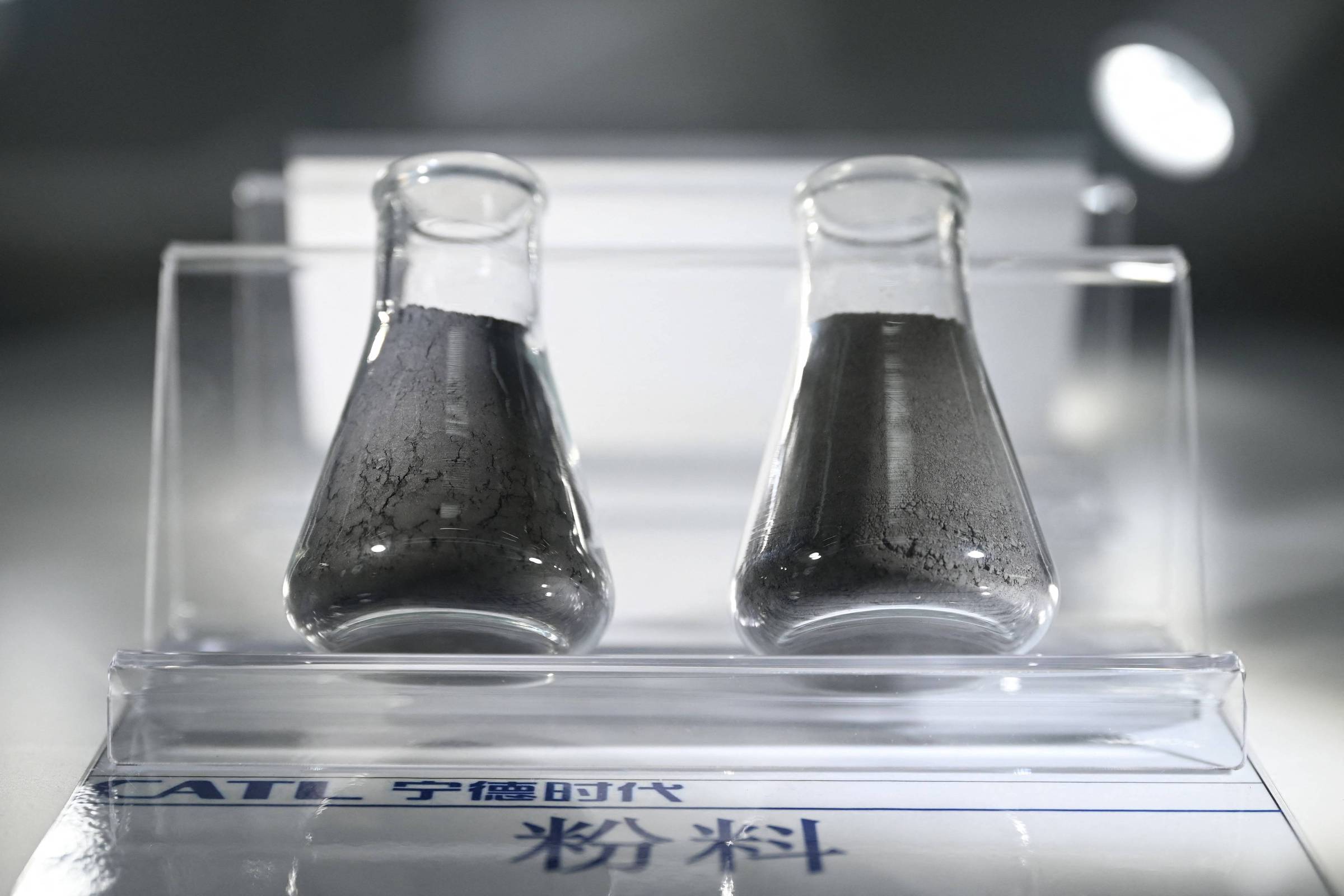
Graphite is one of Brazil’s least known and important minerals, yet it is the basis for the production of electric cars and electronic devices. It resides at the battery’s anode, where lithium atoms lose electrons to the cathode, producing energy for the vehicle.
Brazil has the world’s second largest reserves, but accounts for only 4% of global production. China is the main producer and the country with the highest refining capacity.
This report is part of the “Know the Minerals That Matter” series that covers eight minerals essential to manufacturing products related to the energy transition: rare earths, nickel, lithium, niobium, cobalt, copper, manganese, and graphite.
See below for more information on minerals.
how it appears on earth
- Graphite is divided into natural and synthetic
- Naturally, it is made up of carbon atoms and is found in metamorphic rocks.
- Synthetic is made from petroleum coke
Main uses
path to use
the country that produces the most
Where are Brazil’s reserves
the most sophisticated country
More than 90% of graphite refining is done in China, with the rest mainly shared by European and Asian countries. Data is from IEA (International Energy Agency).
- China Minmetals (China)
- China Carbon Graphite Group (China)
- Schiller Resources Limited (Australia)
- SGL Carbon (Germany)
Brazil’s largest company
Brazil’s largest natural graphite company is Nacional de Grafite, founded in 1939 and with some operations in the state of Minas Gerais. The company annually produces approximately 70,000 tons of graphite of various properties, including a line of batteries for portable electronic devices. After that, only small-scale mining companies mine minerals in the country.



